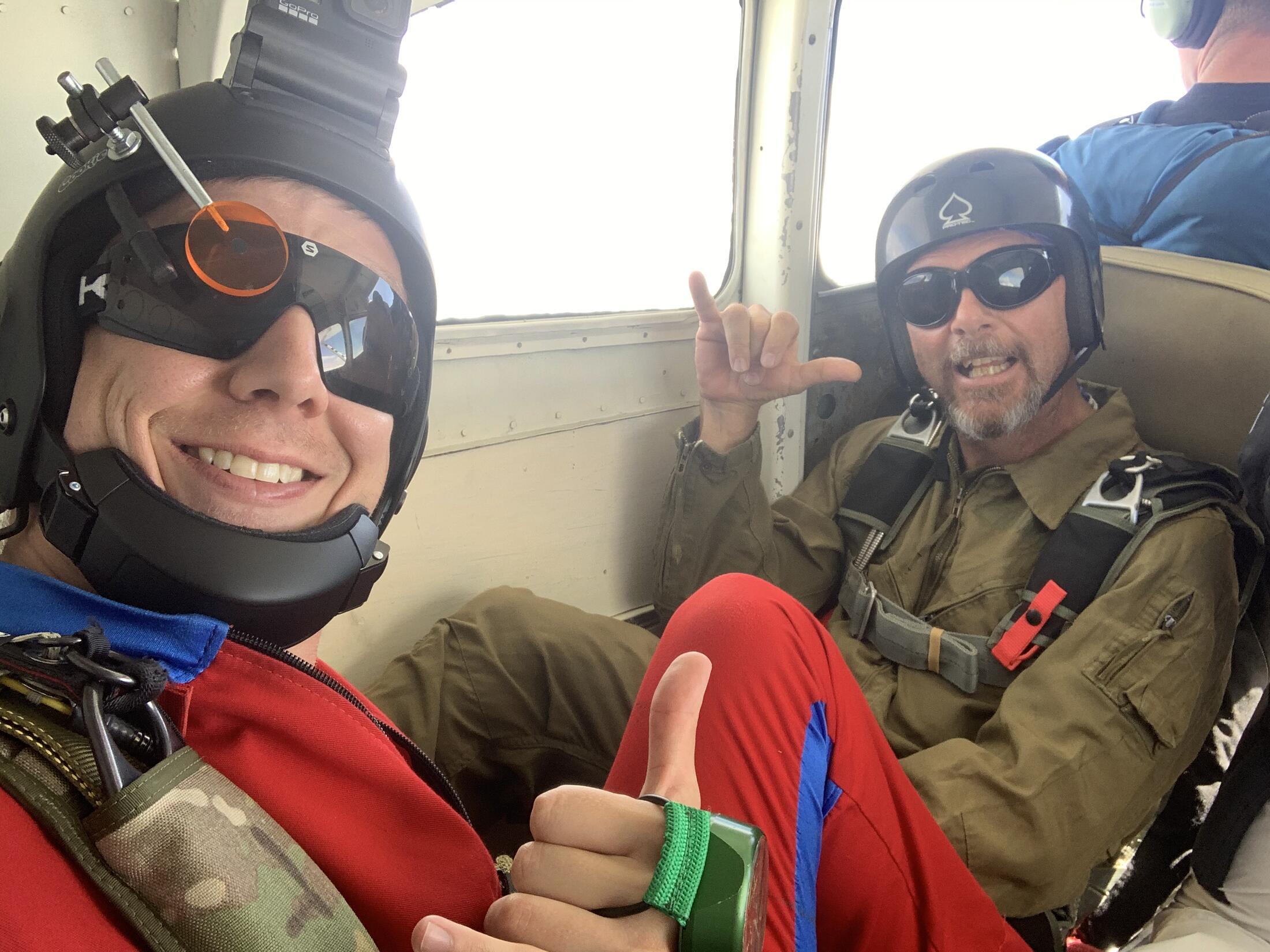Leaderboard
-
in Articles
- All areas
- Adverts
- Advert Questions
- Advert Reviews
- Videos
- Video Comments
- Blog Entries
- Blog Comments
- Images
- Image Comments
- Image Reviews
- Albums
- Album Comments
- Album Reviews
- Files
- File Comments
- File Reviews
- Dropzones
- Dropzone Comments
- Dropzone Reviews
- Gear
- Gear Comments
- Gear Reviews
- Articles
- Article Comments
- Article Reviews
- Fatalities
- Fatality Comments
- Fatality Reviews
- Stolen items
- Stolen item Comments
- Stolen item Reviews
- Records
- Record Comments
- Record Reviews
- Help Files
- Help File Comments
- Help File Reviews
- Events
- Event Comments
- Event Reviews
- Posts
- Status Updates
- Status Replies
-
Custom Date
-
All time
January 20 2016 - April 24 2024
-
Year
April 24 2023 - April 24 2024
-
Month
March 24 2024 - April 24 2024
-
Week
April 17 2024 - April 24 2024
-
Today
April 24 2024
-
Custom Date
10/12/2020 - 10/12/2020
-
All time
Popular Content
Showing content with the highest reputation on 10/12/2020 in Articles
-
1 pointWhen first learning to skydive, at least in the US, you attend a first jump course (FJC) that usually lasts between four and five hours on the ground, then you go up in a plane and jump. There are several methods of instruction including Accelerated Free Fall (AFF), Instructor Assisted Deployment (IAD), Static Line (SL), or a combination of the three called the Integrated Student Program (ISP). While all of these methods of instructions are different, they all have one thing in common: gravity. You have to land your parachute. This is where the PLF comes into play. It is also where numerous accidents happen, sometimes due to sliding in, rather than doing a PLF. This is understandable, since tandem pairs land this way for safety reasons. Besides standing up the landings (the preferred method), this is the landings students see most often. When skydiving first began, all of the equipment was military surplus. This included round canopies, so naturally the PLF was brought along as the safest way to land. Over time, and thanks to the innovation of early pioneers of the sport, the equipment evolved into the square (and now elliptical) canopy, which brought its own problems, like needing a slider to control the opening, and also alleviated the issue with hard landings, mostly. Now, rather than falling more or less wherever the wind blew you, you could steer and fly the canopy much the same as a glider, since the canopy is now a pressurized wing. When you want to land, you fly a landing pattern and pull both steering toggles down and flare, much the same as an airplane would by using flaps. This allows you to bleed off forward speed and land softly standing up (theoretically). Like all things skydiving, when it works, it works really well, but when it doesn't work, it can kill you. I was a skydiver before going airborne, so when it came time to learn how to PLF, I thought I had an advantage since I had been taught how. Boy was I wrong. They had a platform you climbed on and rode a zip line to gain forward speed and then you let go to learn how to PLF in a simulated landing. I could not keep my feet together, so the Blackhat (instructor) tied my boots together. I had to hop around all day, but I have not had a problem keeping my feet together since. In airborne school, they take two weeks to train you how to jump out of planes compared to five hours in skydiving. Most of that time is preparing you to land. As there is no way to steer the round canopy other than slipping on landing (pulling the risers to go sideways a little) or facing into the wind, and no way to flare or slow down the speed, the PLF is needed to prevent injury. I have seen a jumper fall about 50 feet and do a PLF and walk away with a few bruises. While I understand that time is limited and it is hard to prepare a student for all possibilities, I feel that more time should be spent on PLFs during the FJC, at least an hour, and that students should do at least five correct PLFs before every jump. This is standard procedure before doing an airborne jump, and includes all jumpers being led through the entire jump by a jumpmaster, including their emergency procedures. If we put every student through this before every day of jumping, it would help prevent injuries. The reason students choose to slide in rather than PLF is observation. Since this is the way a tandem pair lands in order to prevent injury, it is assumed to be safe. It is, when properly taught. It is easier to injure yourself sliding in or trying to run out a landing than doing a PLF. I know of at least two serious injuries sustained sliding in that a proper PLF would have prevented. One case ended with a cage around the lower vertebrae. I made a jump at an unfamiliar DZ on rental gear and the winds were a little high, about 15 mph, so I ended up landing long. When I turned on final, there were some power lines in front of me and I was headed straight for them. I turned around and did a downwind landing, and a PLF into the hard-as-a-rock, newly plowed field, ending up with some scratches when I landed. I was going about 20 mph forward speed. Had I slid in or tried to run it out, I would most likely have broken something. Another time I jumped at an unfamiliar DZ, I chose to PLF instead of running it out, and while walking back stepped in a gopher hole. Had I hit that while running out the landing, I would have broken my ankle. A proper PLF has five points of contact: the balls of the feet, calf, thigh, buttock, and pull-up muscle (deltoid). When you prepare to hit the ground, keep your feet and knees together, slightly bent, in preparation to absorb the impact. When you fall, hit all the points of contact in order, while rolling on the ground. A proper PLF will allow you to absorb all of the energy and dissipate it by rolling, rather than staying stiff and breaking bones or tearing ligaments and tendons. I kick my feet together when approaching my landing to ensure my feet are together and knees bent, ready to hit the ground and roll. That way, if I don't bleed off enough speed to land standing up, I am already prepared to roll and do it without thinking. If I am going slowly enough, I have a nice stand up landing. Although the goal is standing it up, it is best to be prepared for a PLF, especially if you are fond of your ankles and spine. Blue skies. Article written by @sfzombie13
-
Newsletter


